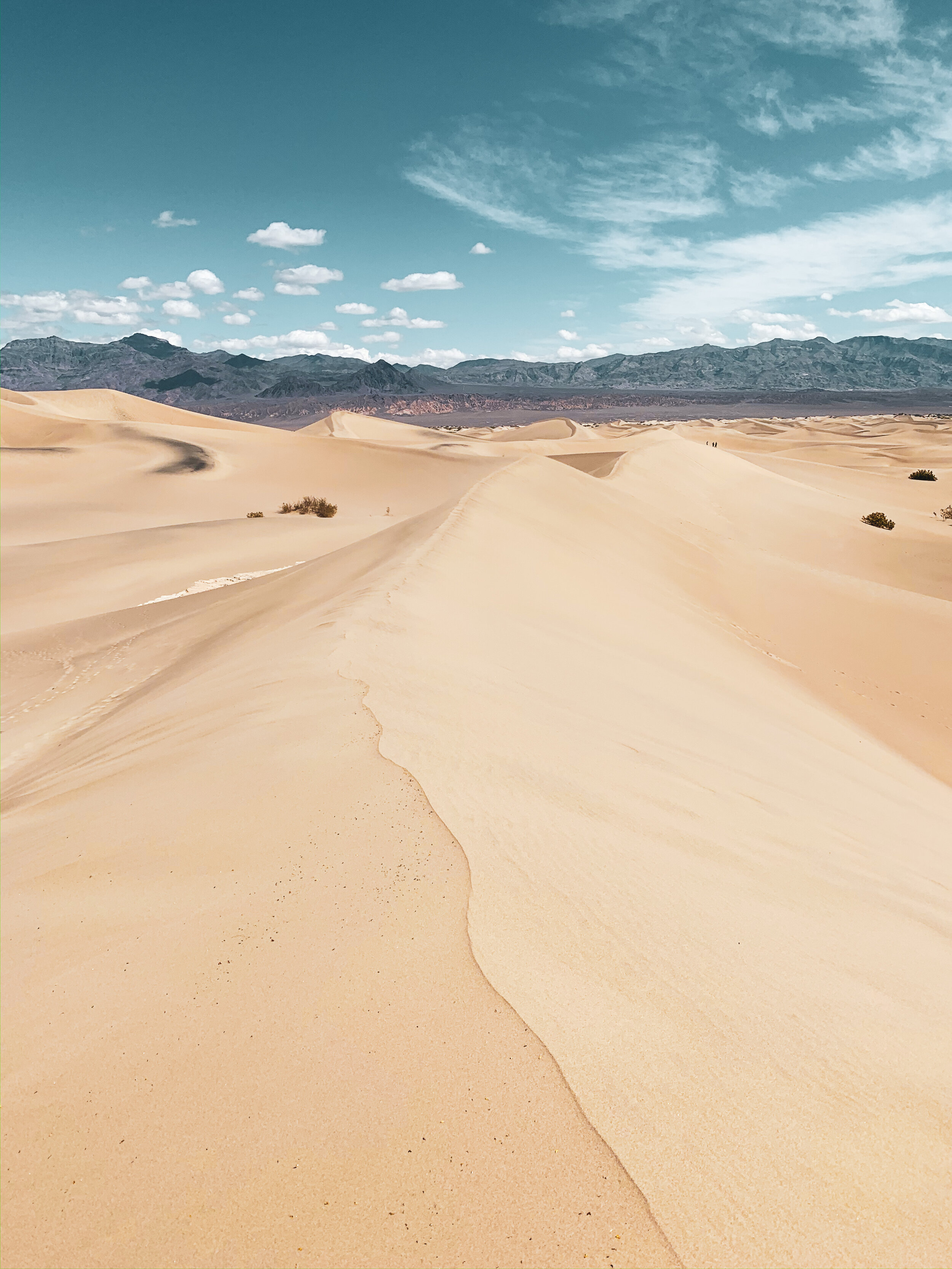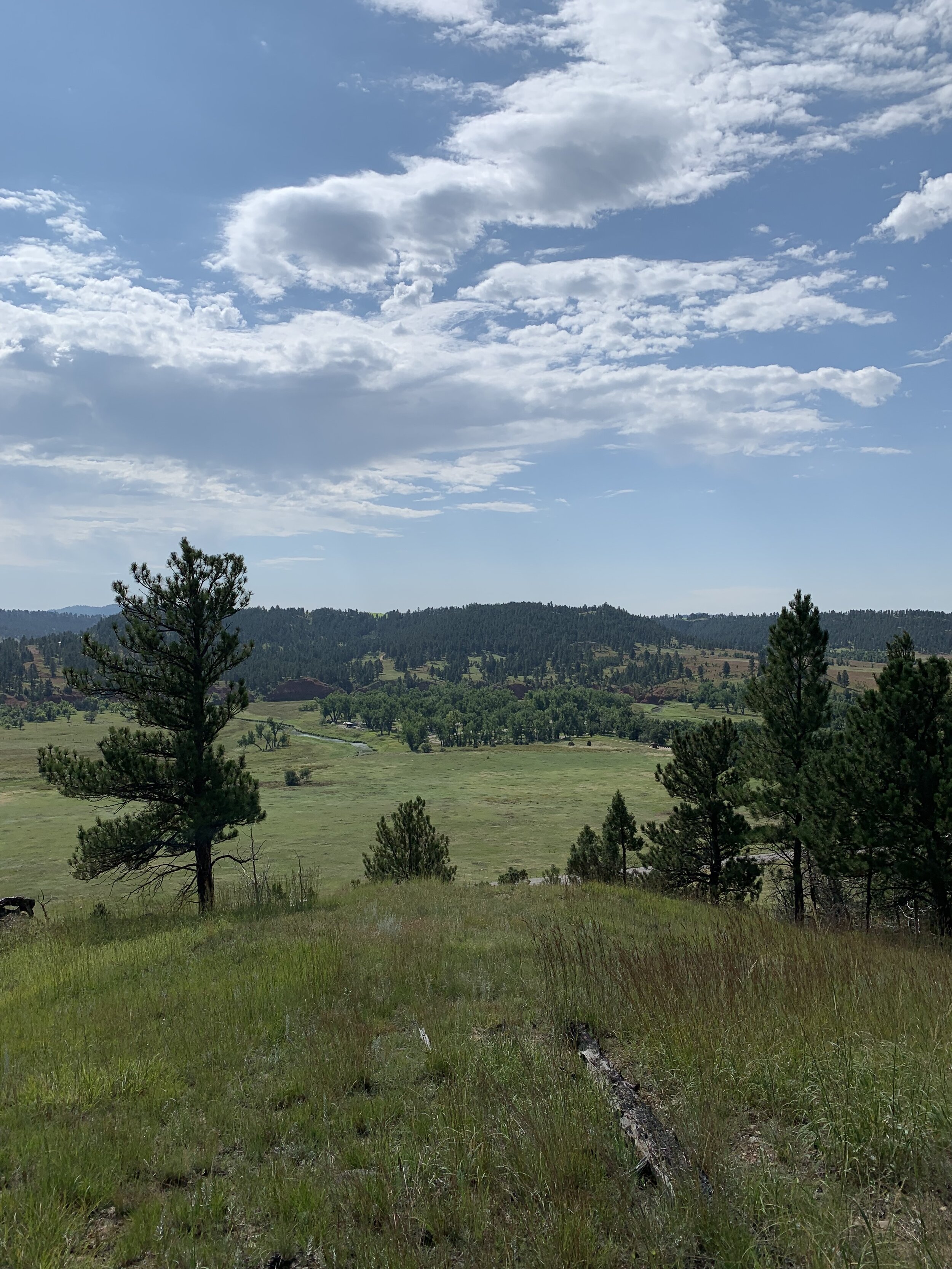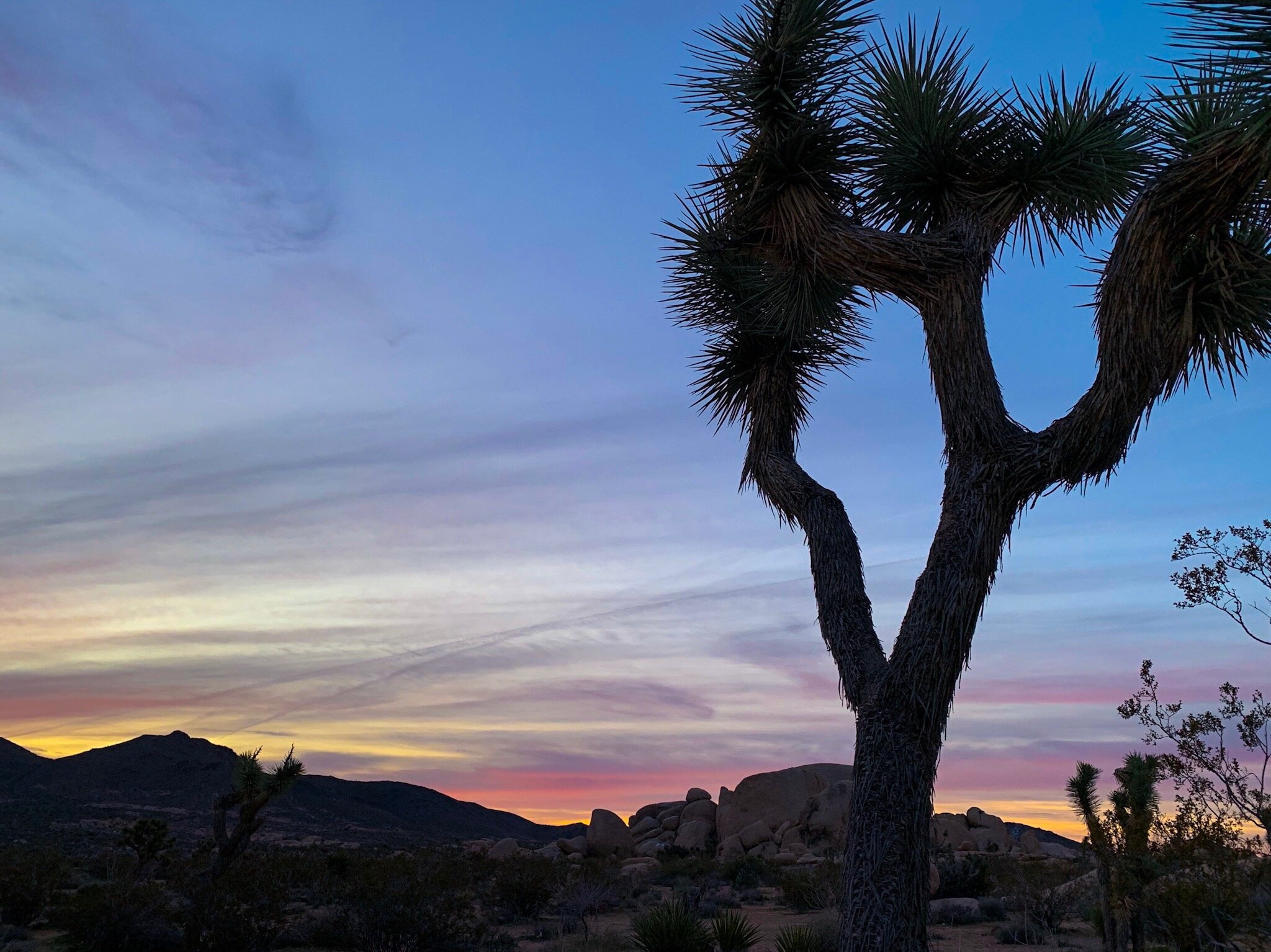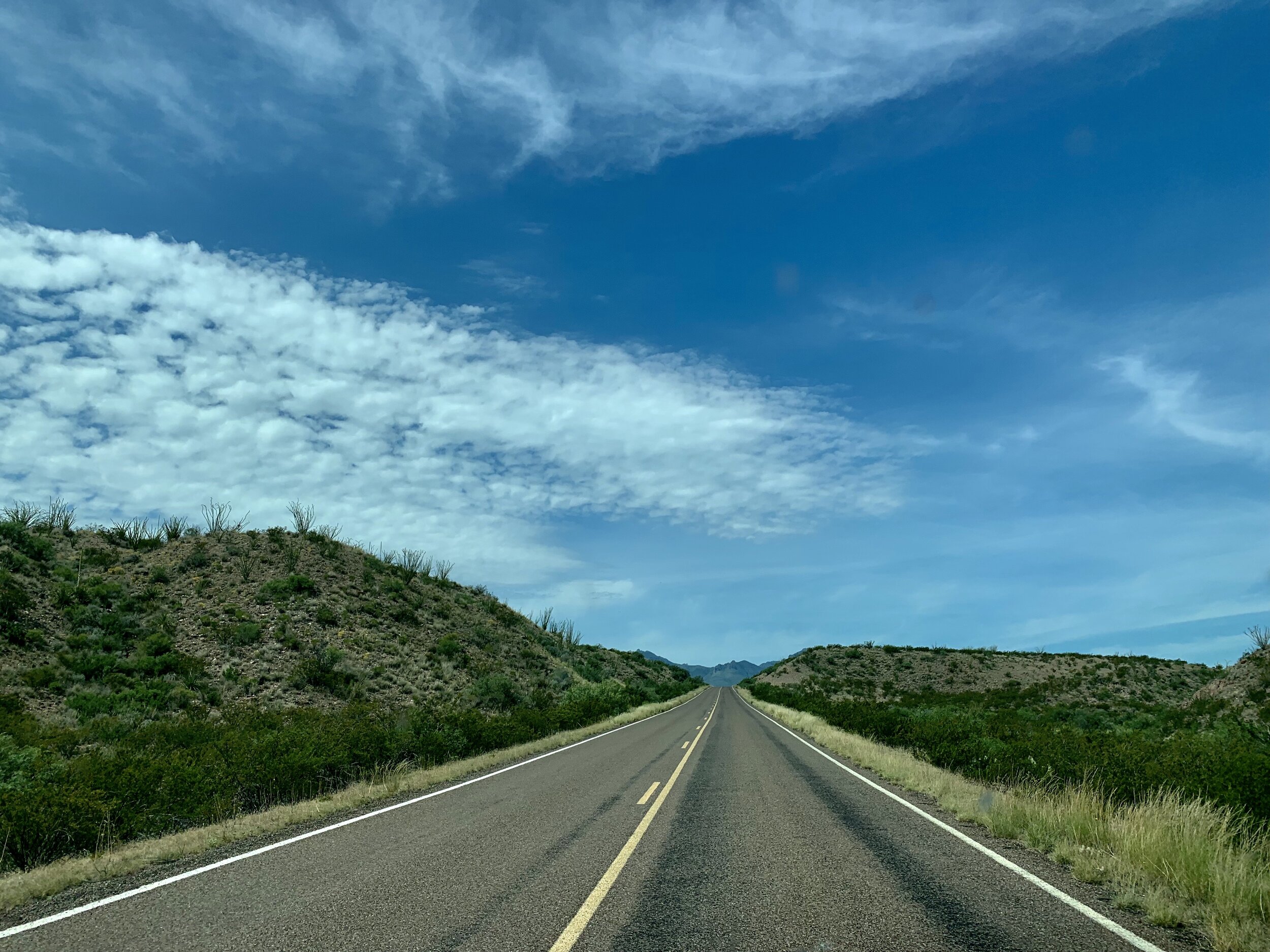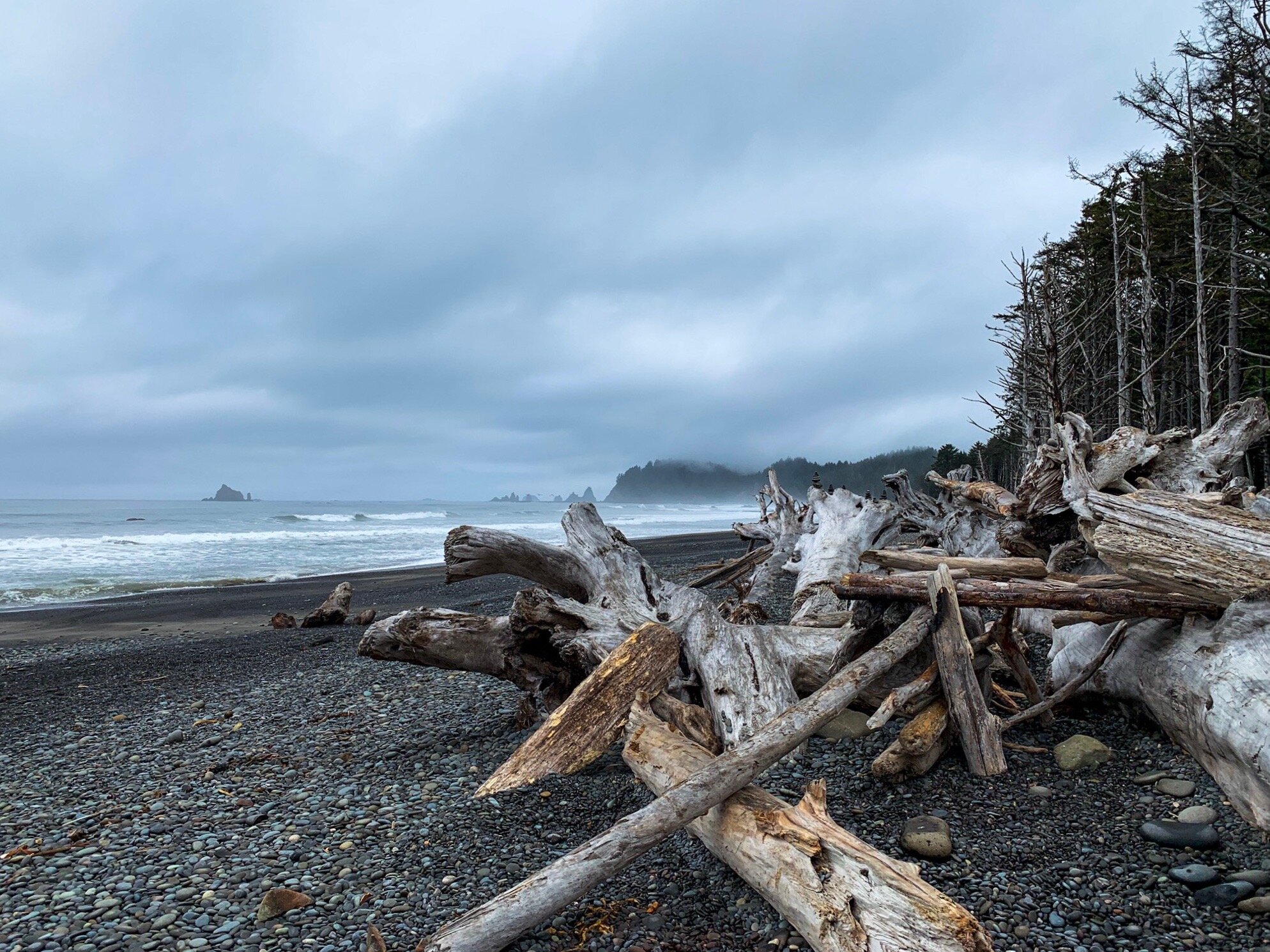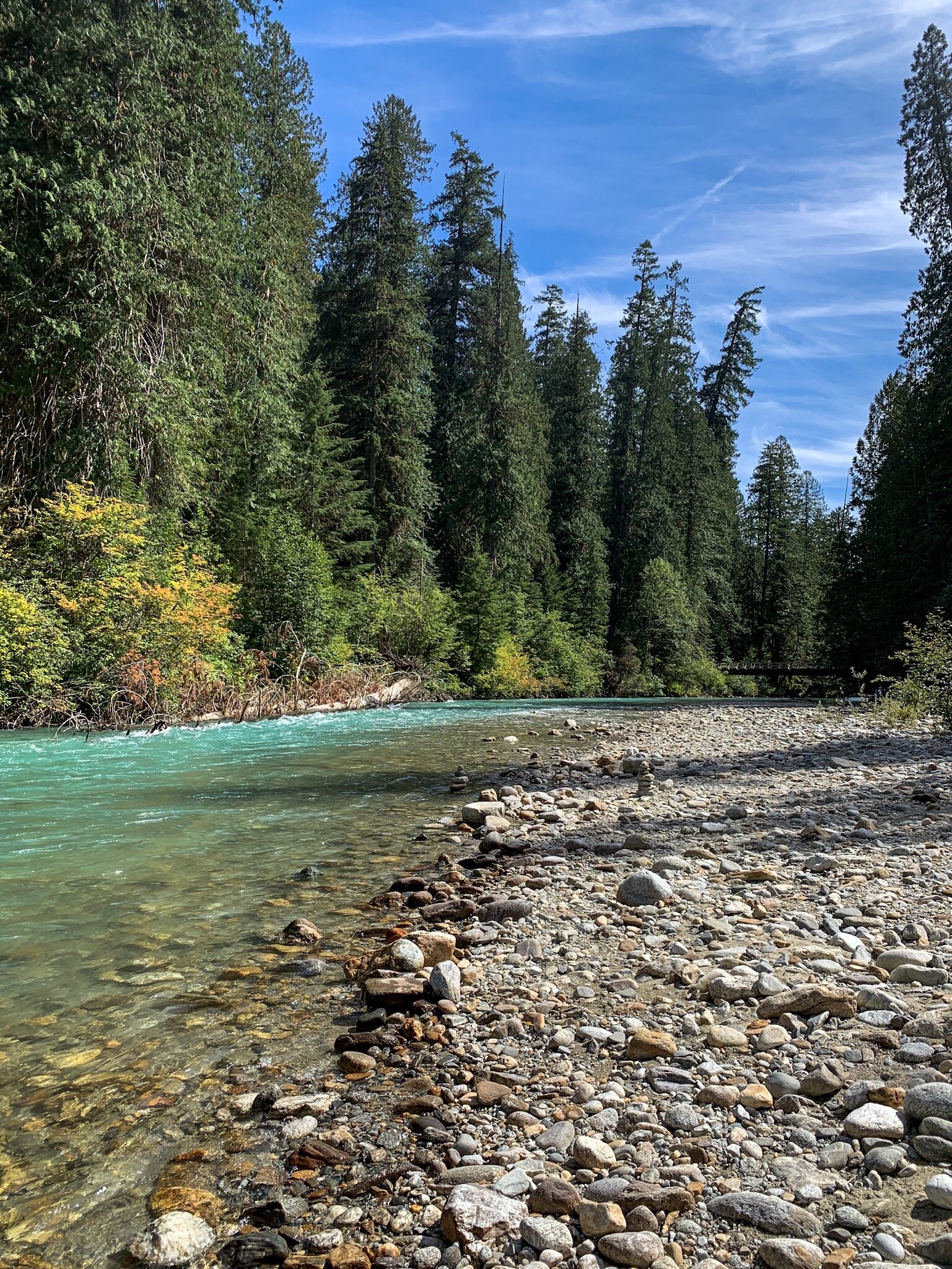California is home to 9 stunning National Parks, more than in any other state, including Alaska. 8 of these are accessible by car, but Channel Islands, off the coast of Ventura and Santa Barbara, CA is a little harder to get to. When you visit Channel Islands, you’ll have 5 beautiful islands to choose from, and 2 harbors you can sail out of. This is bound to be an amazing day trip or camping trip, so here is everything you need to know about getting to Channel Islands National Park.
Dogs are not allowed on the islands.
The Ferry
The ferry is the main way people travel to Channel Islands National Park. While you can take private boats out, the official ferry for Channel Islands National Park is Island Packers. They sail out of both Ventura Harbor (which is the larger harbor, and is closer to LA), and Santa Barbara Harbor (which is further from LA). Tickets are $63 per person, round trip for a day trip, and about $80 per person, round trip if you’re planning on camping on the island you choose. On your ferry ride, you’ll likely see animals like dolphins, whales, and sea lions.
The Islands
There are 5 islands you can choose from when visiting Channel Islands National Park. We chose to visit Santa Cruz Island because we went in the winter, only certain islands were accessible. Each island is known for some thing unique. For example, Santa Cruz is known for the endangered island fox and the sea caves!
Anacapa Island is known for the famous Inspiration Point and is also one of the islands that’s more accessible in the winter. Santa Rosa Island is California’s second largest island, and is home to over 100 bird species. San Miguel Island is smaller, and is home to the fossils of prehistoric pygmy mammoths and the caliche forest. Santa Barbara Island is the park’s smallest island, but is home to marine mammals and kelp forests that snorkelers love.
Camping on the Islands
Since you can’t drive to the Islands, the only way to camp on the islands is to backpack. You’ll have to carry all your gear, water, food, and shelter with you. Camping gear must be stowed on the ferry, which you’ll get back once you get to the island. There is a designated campground on the island you choose, and you have to camp there in order to preserve the land elsewhere. Island Packers asks that you book your campsite with the NPS before booking your ferry ticket.
Other Island Activities
There is a lot to do at Channel Islands National Park, but most people who were on our ferry chose to hike or kayak. You can rent kayaks at Ventura Harbor if you don’t own one. We hiked to the Potato Harbor Overlook, but there are other trails you can choose from. Each island has its own hiking guide, and you’ll receive a list of trails and a map when you check into your ferry. Other popular activities on the islands are kayaking, snorkeling, and wildlife photography. Or you can just explore!
























